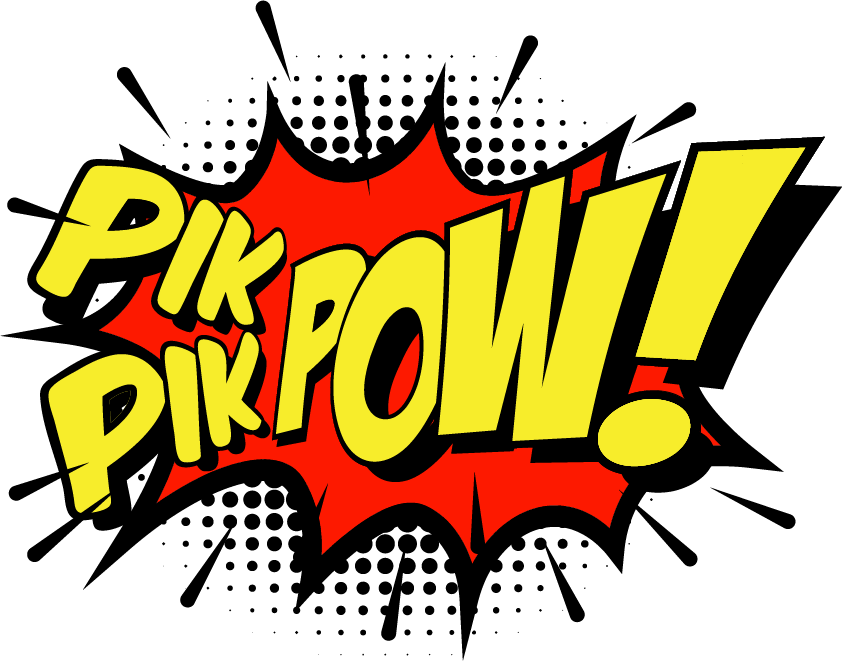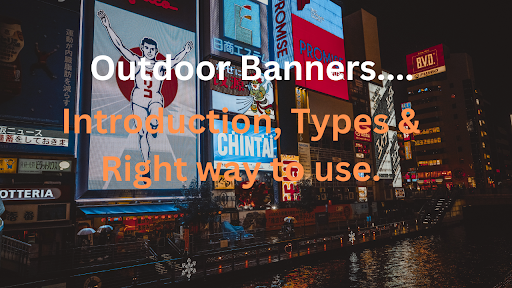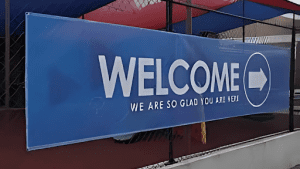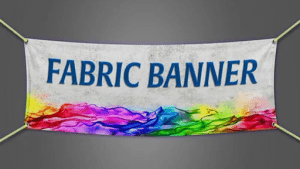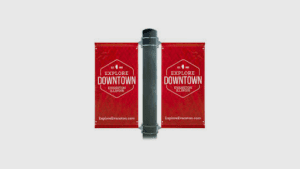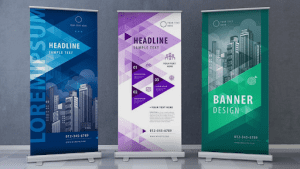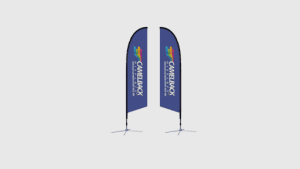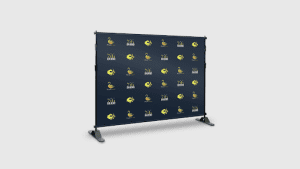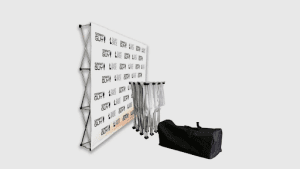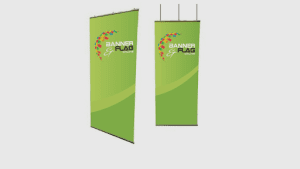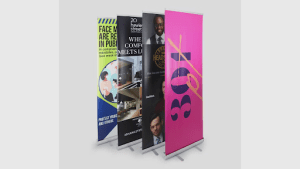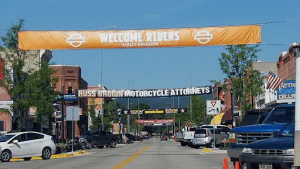Outdoor Banners are controlling marketing tools for businesses, events, and public attention. With a broad variation of types obtainable, each assists a particular reason and brings a distinctive influence. In this, we’ll examine what these banners are, the many types, and how to use them beneficially for the highest ability to be seen.
What Defines a High-Quality Outdoor Banners?
A top-standard outdoor banner can resist weather elements, continue its appearance over time, and usefully transfer your message. Essential qualities include:
- Durable Material: Weather-resistant materials like vinyl or mesh for longevity.
- Vivid Graphics: High-resolution printing to prevent fading.
- Reinforced Edges: Sturdy grommets or hems to prevent tearing.
- Clear Text: Large fonts and high contrast for readability from a distance.
Types of Outdoor Banners
With a diversity of outdoor banners to select from, getting knowledge of the power of each type helps in choosing the best choice for your needs and best materials. Here are ten well-liked types of outdoor banners:
1. Vinyl Banners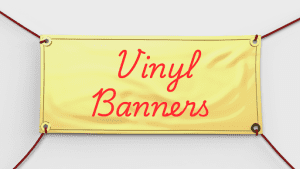
They are recognized for their long-lasting and waterproof qualities. They’re flexible, obtainable in numerous finishes, and ultimate for both little-term and extended-term outdoor utilization.
Best Uses: Storefront advertising, outdoor events, seasonal publicity.
2. Mesh Banners
Made with small perforations to allow airflow, mesh banners are resistant to high winds. This prevents them from flapping or tearing easily.
Best Uses: Construction site fencing, scaffolding covers, windy locations.
3. Fabric Banners
In most cases, made from polyester or canvas, fabric banners provide a polished, high-standard look. While not as waterproof as vinyl, they are fade-resistant and give energetic colors.
Best Uses: Trade shows, temporary outdoor setups, sports events.
4. Pole Banners
Pole banners are outlined to be displayed on light poles and are usually dual-sided. They are long-lasting and withstand strong winds when correctly fixed.
Best Uses: City streets, festivals, seasonal decorations, event announcements.
5. Retractable Banners (Roll-Up Banners)
While essentially used indoors, retractable banners can be used outdoors in any lenient weather. They’re transportable, easy to set up, and perfect for nonpermanent exhibitions.
Best Uses: Trade shows, temporary signage, events with easy setup needs.
6. Feather Flags (Sail Banners)
Feather flags are tall and designed to flutter in the wind, drawing attention through movement. They’re often used at storefronts or events to direct foot traffic.
Best Uses: Retail publicity, sporting events, car dealerships.
7. Step and Repeat Banners
Known for their repetitive logos or graphics, step-and-repeat banners are used as photo backdrops. They are typically made from fabric or vinyl.
Best Uses: Red carpet events, corporate functions, brand promotion.
8. Backdrop Banners
Alike step-and-do-again banners, backdrop banners supply a huge exhibit area and are frequently used as a background for events. They usually climbed on frames.
Best Uses: Press events, photo shoots, conferences, trade show booths.
9. Hanging Banners
These banners are suspended from roofs or stick out, creating them able to be seen from a distance. They’re obtainable in numerous materials, like vinyl or fabric.
Best Uses: Convention centers, atriums, concert halls.
10. Pop-Up Banners
Pop-up banners are stands without support that “pop” open into place. They’re transportable, easy to set up, and appropriate for nonpermanent outdoor exhibitions in calm weather.
Best Uses: Outdoor markets, corporate events, product launches.
11. Street Banners
Street banners are typically suspended across streets or walkways, often made of durable vinyl with reinforced edges and grommets for extra strength.
Best Uses: Parades, city events, community festivals, seasonal greetings.
12. Fence Banners
Outlined to attach to fences or railings, these banners are frequently used for huge-scale outdoor advertising. They can cover huge stretches of fence for maximum impact.
Best Uses: Construction sites, sports fields, outdoor concerts.
How to Use Outdoor Banners for Maximum Impact
Here are some strategies for using outdoor banners effectively:
- Choose the Right Size: Ensure the banner size matches your display area for optimal visibility.
- Position Strategically: Place banners in high-traffic areas, like intersections or near entrances.
- Prioritize Readability: Use huge fonts and high-variance colors to make sure the text is readable from a space.
- Include a Strong CTA: A Group of words like “Visit Us Today!” or “Shop Now!” can direct engagement.
Conclusion
They continue to exist as one of the most adaptable, cost-helpful, and major-affect publishing tools obtainable. Whether you’re encouraging a business, event, or community source, choosing the correct type of banner is key to meeting your particular requirements and maximizing showcasing. Each banner type provides distinctive advantages, from long-lasting vinyl for long-term exposure to eye-catching feather flags that catch awareness with movement. In a world of digital clashes, outdoor banners give a touchable, influential way to make your mark.
FAQs About Outdoor Banners
1. What materials are best for outdoor banners?
Vinyl is the most popular for durability, while mesh is suitable for windy areas, and fabric is ideal for short-term or indoor use.
2. How long would outdoor banners typically last?
High-standard vinyl banners can last up to 3 years outdoors, while fabric choices may have a small lifespan, determined by uncovering the elements.
3. Are outdoor banners weatherproof?
Yes, most vinyl and mesh banners are water-resistant and resistant to the sun, causing the disappearance of colors, making them perfect for outdoor use in numerous weather situations.
4. What size should I choose for an outdoor banner?
The size depends on the viewing distance and location; larger banners (like 4×8 feet or more) are better for roadside visibility, while smaller ones work well in more intimate settings.
5. How can I make my outdoor banner stand out?
Use bold, contrasting colors, large fonts, and clear imagery. Adding a strong call-to-action can also increase its impact and attract more viewers.
